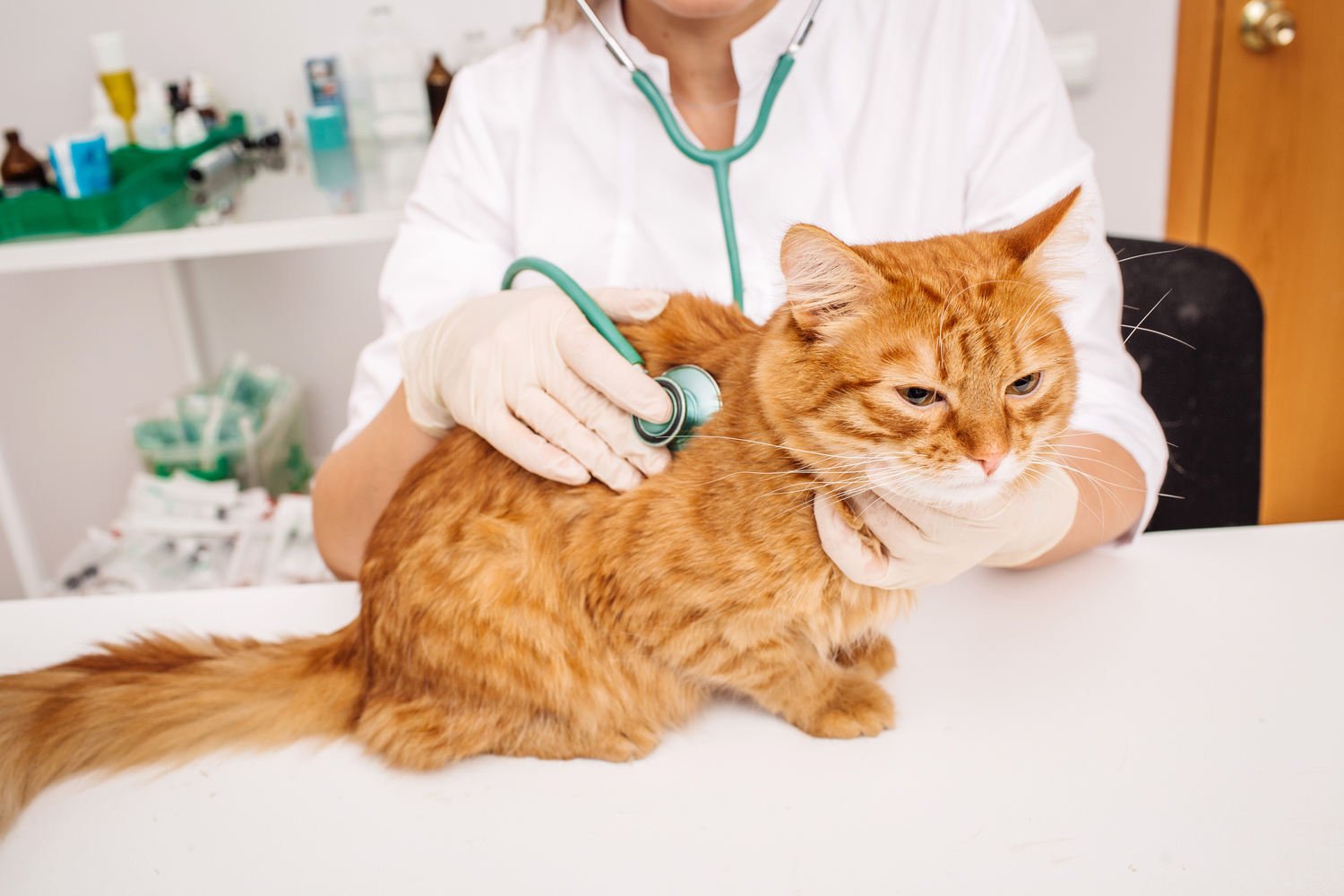
Feline Diabetes Mellitus: Diabetes in Cats
Veterinary professionals are seeing more and more cases of diabetes, or diabetes mellitus, in felines than ever before. In fact, statistic from the University of Illinois College of Veterinary Medicine, indicate 2% of the cat population are currently living with diabetes, but suspect many cats go undiagnosed.
Diabetes mellitus in cats results from the inability to produce adequate insulin to maintain level blood glucose (or blood sugar) levels. Sadly, untreated feline diabetes can lead to:
- Depression and lethargy
- Dehydration
- Sudden weight loss
- Vomiting and digestion issues
- Loss of motor function
- Ravenous appetite
- Increased thirst
- Excess urination
- Coma
- Fatality
If you suspect your cat may have diabetes, consult with your veterinarian immediately. Diagnosing a cat with diabetes is typically screened via a simple blood test conducted during an annual exam. If your vet diagnoses your cat with diabetes, the treatments recommended are typically as follows:
1. Diet
Switching your diabetic cat to a low-carbohydrate diet is the healthiest choice to manage feline diabetes.
2. Insulin therapy
Cats with diabetes are treated much like human patients with diabetes, some receive prescription oral medication while others are given insulin shots regularly to level out blood glucose levels. Pet owners will be given specific instructions on how to administer insulin shots safely at home.
3. Regular vet checkups
Felines with diabetes will need to be monitored closely by a veterinarian in order to adjust insulin therapy as needed. Most vets recommend checkups at every 3 month interval to ensure blood sugars are managed properly, and no adverse health conditions develop.


